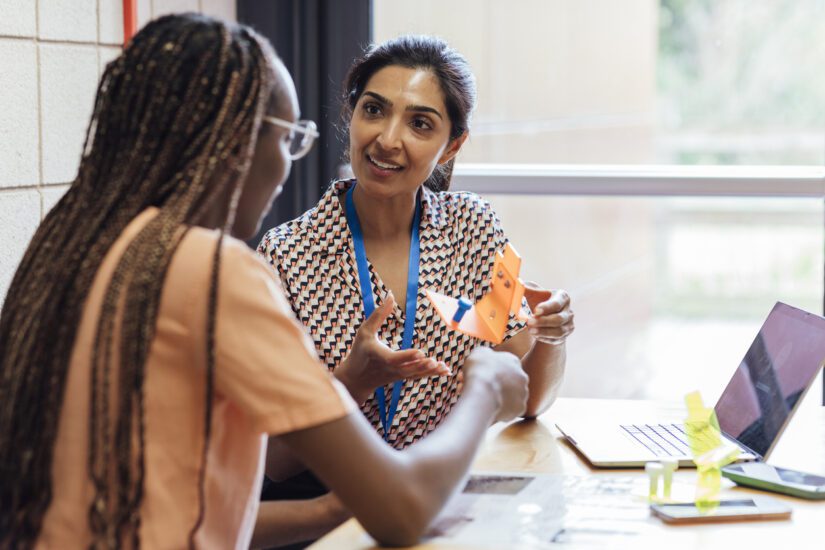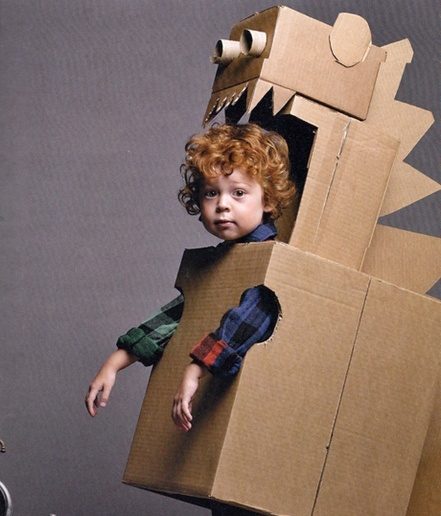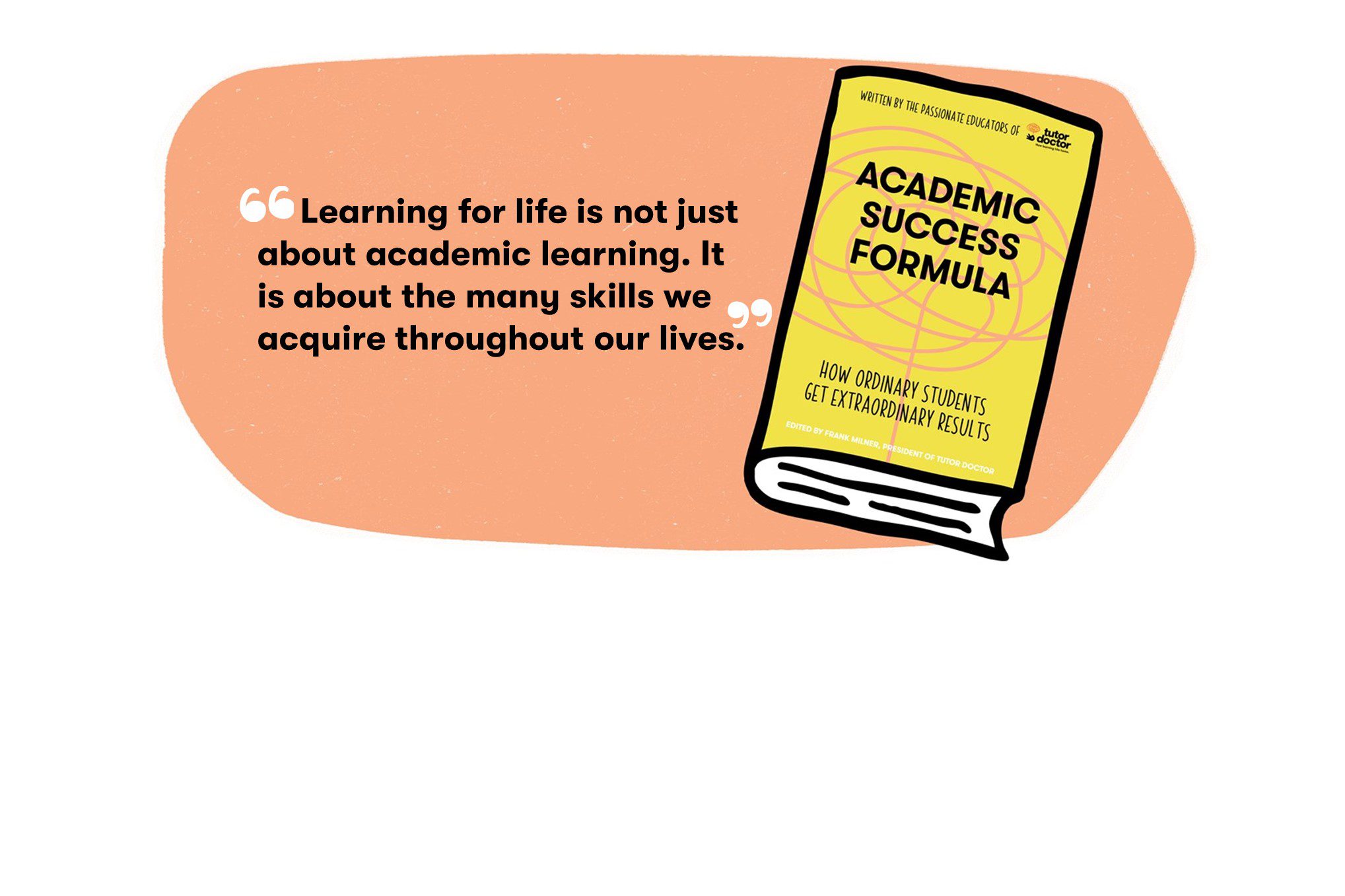Does your student learn best when working with hands-on activities? Check out these tailored strategies for kinesthetic learners!
Learning styles: a brief overview
As a quick summary of learning styles, everyone learns differently. More specifically, everyone has a preferred learning method that works best for them. In general, learning styles can be broken down into three main categories:
- Visual learners: These students learn best when seeing information presented to them. The traditional “classroom” method of demonstrating a concept on a whiteboard is an example of visually-based instruction.
- Auditory learners: These students learn best when hearing concepts repeated to them, and may form auditory patterns or rhythms to help them recall information. Auditory learning is especially useful when learning language, and teaching students to spell by “sounding out” words is an example of auditory learning.
- Kinesthetic learners: Often called tactile learners, these students learn best when working with a hands-on approach. While seeing a concept may work well for some students, kinesthetic learners prefer to “do it themselves” when introduced to new material.
Many parents are familiar with early education teachers using physical objects to demonstrate concepts. Unfortunately, kinesthetic learning is rarely used in classroom settings except at very young ages. Luckily, kinesthetic learning strategies can still be employed by older students and adults!
Tailored strategies for kinesthetic learners
As a very general rule of thumb, we try to encourage movement with kinesthetic learners. For younger students, this may even mean allowing them to stand up during a lesson. Many tutors use whiteboards that allow the student to draw arrows and notations throughout the lesson, encouraging a more active hands-on approach.
The act of learning to write is likely one of the purest examples of kinesthetic learning. When children first learn to write their ABCs, recognizing the letters themselves isn’t enough – the tricky part is practicing their penmanship (i.e. “staying in the lines). This is a testament to the lasting power of kinesthetic learning, though – the way we learn to form letters (and even hold a pencil) remains largely unchanged for the rest of our lives.
We employ these same methods for older students, just with more difficult concepts! For example – memorizing mathematical formulas can be tricky, but simply writing them out can seriously help to solidify this information with a physical pencil-to-paper connection. It’s for this same reason that flashcards are so effective – it’s not just the act of turning each flashcard (which in itself is an excellent hands-on activity). More importantly, the act of creating the flashcards themselves is what helps tactile learners better recall that information later on.
Even when students are learning early math skills, tactile learning methods are extremely important. For example, long division and multiplication require students to keep neat columns for the place value system, following specific patterns of when to “carry over” numbers, etc. These patterns are not just meant to illustrate how mathematical principles work – they also help students to memorize a specific “rhythm” for solving these types of problems, down to the physical arrangement of the numbers themselves!




